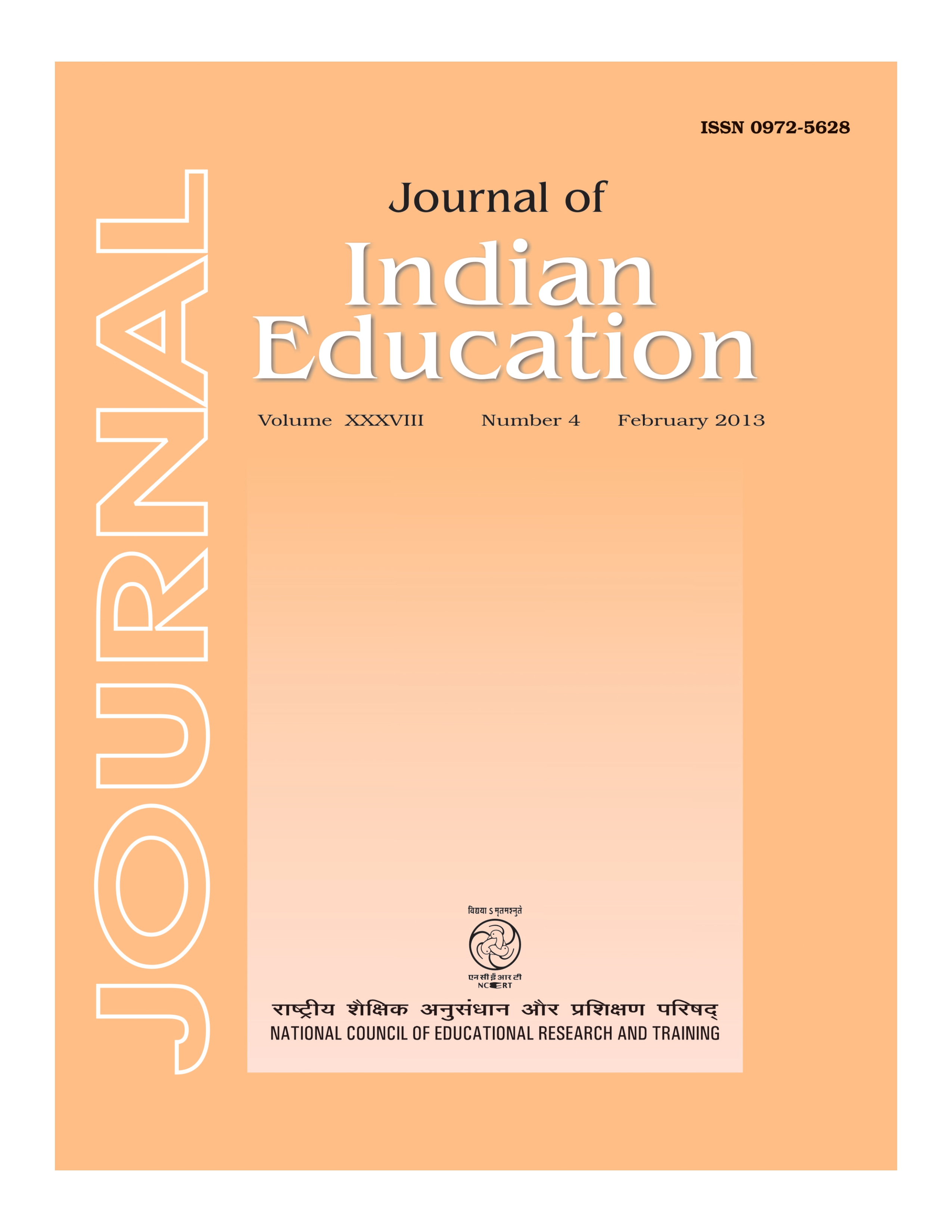Published 2024-12-03
Keywords
- Elementary Education,
- Child Development
How to Cite
Abstract
In spite of the role of play in the overall development of children and role of play way method in the learning of children, it has been a neglected realm in teaching-learning at the elementary level of education. However the Mumbai Municipal Corporation, drawing directly from the recommendations of the Ramamurti Committee experimented with the Joyful Learning method (playway approach to teaching-learning) in the District of Amravati and expanded the teacher training to the lower-primary school teachers in 1997. As a part of a larger study exploring the adjustment of children to formal schooling on entry into Grade I, classroom processes were studied to understand what of the Joyful Learning programme would get implemented. Nine schools from a ward in Mumbai, to represent the different types of schools formed the sample. It was observed that more than half of the schools in the study did not have play space. There are shifts in the school system, in almost all the schools. It is a six-hour a day for the children and 8-hour a day for the teacher. There was no free play in the schedule, though there was physical education. While a number of teachers did make efforts in scheduling some activities for experiential learning, it was not possible for all of them to do so. The activities were implemented more to ward off boredom and sleep. Most teachers did have a holistic understanding of what play way method meant. Issues that need to be addressed in formulating policies and in teacher training have been pointed out.

